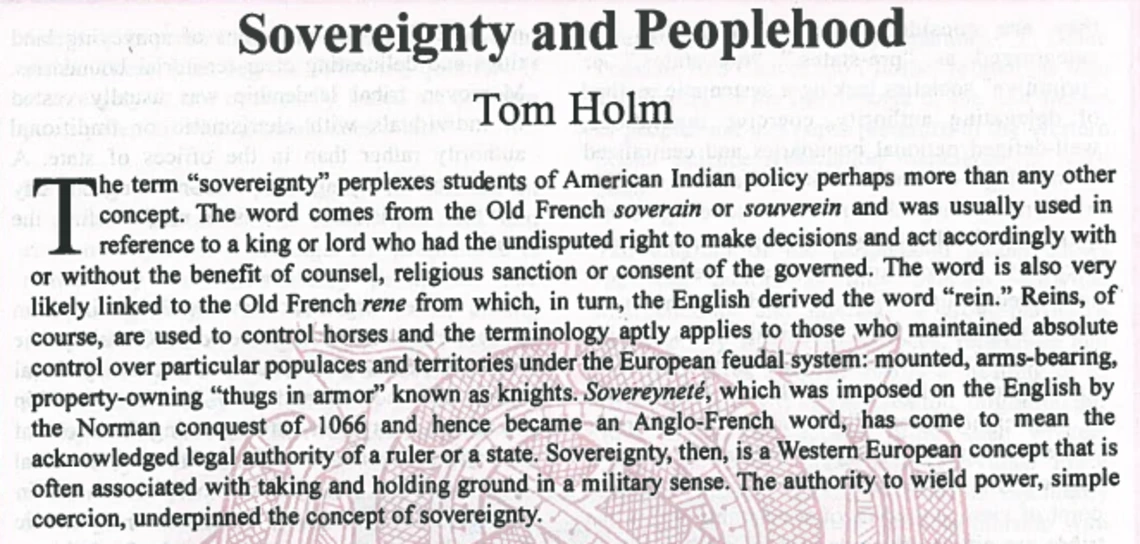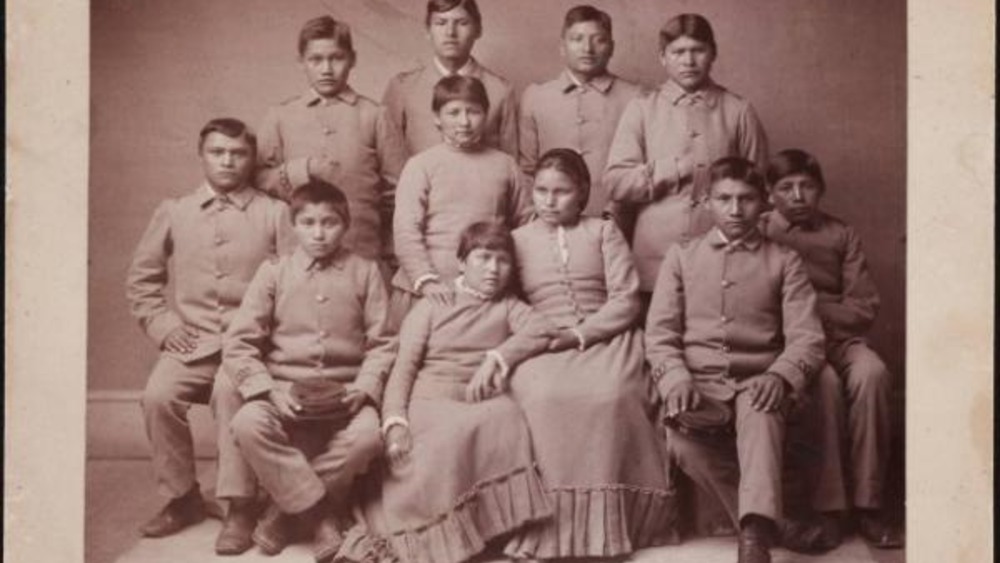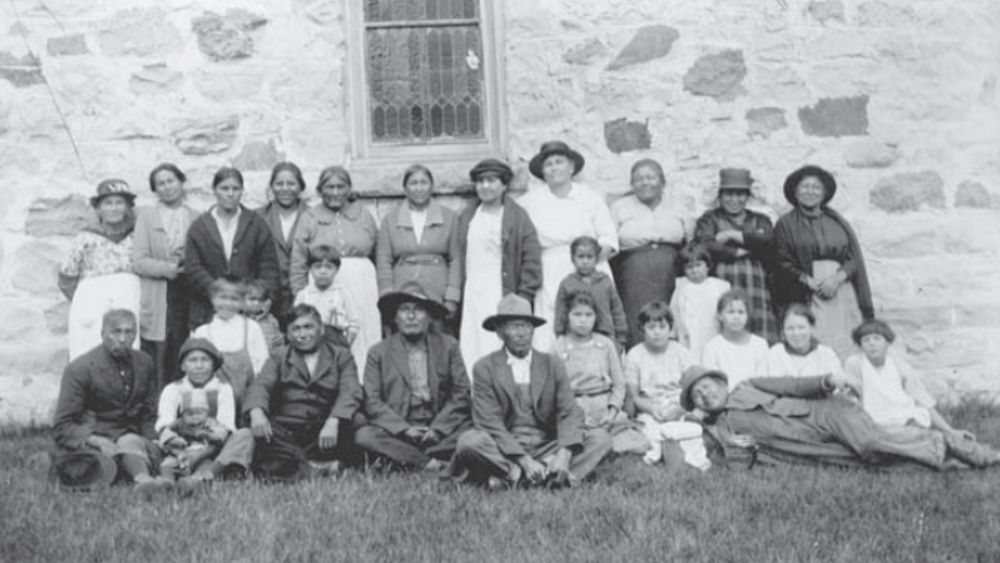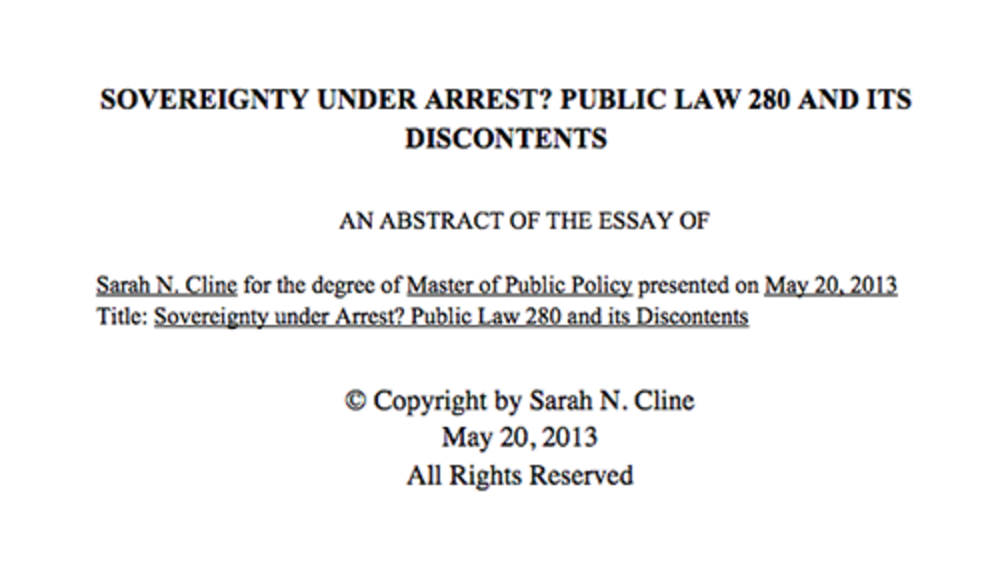The term "sovereignty" perplexes students of the American Indian policy perhaps more than any other concept. The word comes from the Old French soverain or souverein and was usually used in reference to a king or lord who had the undisputed right to make decisions and act accordingly with or without the benefit of counsel, religious sanction or consent of the governed. The word is also very likely linked to the Old French rene from which, in turn, the English derived the word "rein." Reins, of course, are used to control horses and the terminology aptly applies to those who maintained absolute control over particular populaces and territories under the European feudal system, mounted, arms-bearing, property-owning "thugs in armor" known as knights. Sovereyneté, which was imposed on the English by the Norman conquest of 1066 and hence became an Anglo-French word, has come to mean the acknowledged legal authority of a ruler or a state. Sovereignty, then, is a Western European concept that is often associated with taking and holding ground in a military sense. The authority to wield power, simple coercion, underpinned the concept of sovereignty...
Additional Information
Holm, Tom. "Sovereignty and Peoplehood." Red Ink: A Native American Student Publication. Vol. 8, No. 2. American Indian Studies Program, The University of Arizona. Tucson, Arizona. 2000: 41-44. Article.




